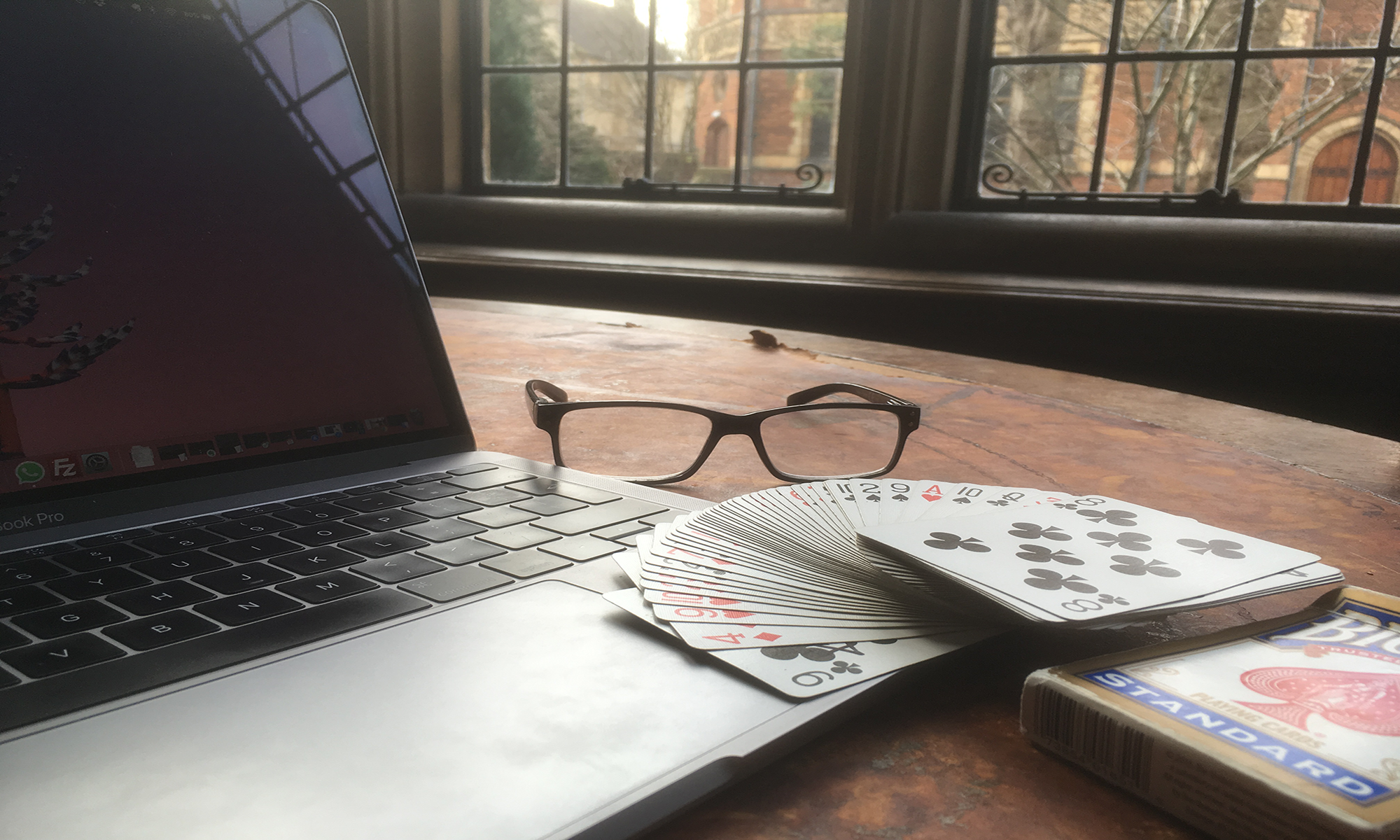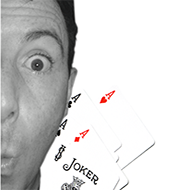
A Card Needs a Pack
As a solo performer and an introvert, my natural tendency was always to keep myself to myself, to strive for self-sufficiency.
However, because I am married to an extrovert, and through observation and reflection, I now recognise that having a network of friends is essential to a healthy and fulfilling life. For my wife making and spending time with friends is part of her autopilot.
However, I have to be intentional about it and overcome my natural tendency to isolation.
Open Hearts, Helping in Spades
Friendship and community are essential for good mental health. Loneliness is a huge contributing factor to so many mental health problems. Having friends can have a preventative effect. Firstly, loneliness is less likely to be a contributing factor and, secondly, friends may well spot that something is going wrong for you and seek to offer support. We are stronger together.
Having friends is also great fun! Not only can friends support you in the tough times, you can also mess around together, play together, learn new things together, share life’s journey.
Shuffling
When we are thrown together with other children at school we naturally gravitate to those who are a bit like us and most people form some sort of friendships which can last for years. If we change schools we may well assess the type of friends that we had at the last school and decide that we want a different type of friend from now on. This especially happens when people go off to university or college; they realise that they have a completely blank slate and they are free to re-invent themselves if they wish. Not everyone does, but many do.
I have come to points in my life when I have realised that I have not had the mix of friends that I would have chosen. In some ways this has been very good for me, more on that in another post, but in other ways I realised that I was missing out. So I decided to learn how to make and nurture the types of friendships that I wanted and needed.
The King of Clubs
I have always been a sucker for organised activities, structured socialising, clubs and societies. I was like that as a child, at university and I am still like that now. This is one of the reasons that I love The Magic Circle, Toastmasters and the Professional Speaking Association. I have found that I can make excellent surface level friendships and connections in these environments. Some of them develop into slightly deeper friendships. I have definitely found that you can meet some very interesting people.
Diamond Dale
A few years ago I read Dale Carnegie’s book “How to Win Friends and Influence People”. For years I had avoided it because the title sounded manipulative. However, I actually found it to be an excellent book. My conversation skills were revolutionised as a result and I now find it much easier to talk to complete strangers that I meet at work, at networking events and in social situations.
If I could boil down what I learned through reading that book it would come down to: assume the best of people, smile a lot, listen sincerely and ask people about themselves more than you talk about yourself.
Take it from an introvert – the friendship experiment is definitely worth it!






